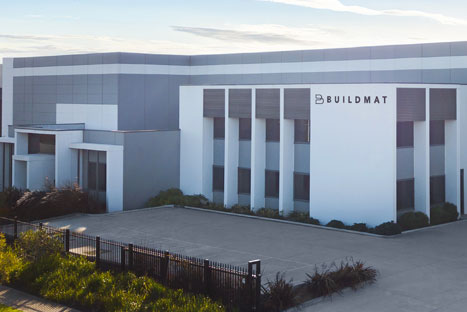Why Overflow Matters in a Laundry Sink (And When You Need It)
It sounds like a small detail, but a laundry sink with an overflow can make a big difference. If you’ve ever left a tap running, juggled kids while doing laundry, or used your sink for messy jobs, this feature earns its place fast.

A laundry sink with an overflow might not be the first thing on your wishlist when choosing a laundry sink, but it’s one of those features that makes life easier. Whether you’re soaking shirts, washing muddy gear, or chasing kids between cycles, it only takes one forgotten tap to realise how useful it can be. We’re breaking down what a laundry sink with an overflow does, why it matters, and how to know if you actually need it.
What Even Is an Overflow Sink?
Let’s start simple. An overflow is a small secondary opening near the top of your sink. It’s connected to a hidden channel that runs into your drain, acting as a backup exit route for water. If your sink starts to fill too high, it catches the excess before it spills over the edge. Think of it as an insurance policy for your laundry room. You might never need it, but if you do, you’ll be glad it’s there.
A laundry sink with overflow offers built-in backup for busy homes.
Why an Overflow Matters
Sure, it’s one of those features that sits quietly in the background. But when you look at how laundry rooms get used in real life, the value starts to add up.
1. You leave the tap on (yes, even you)
Everyone does it at some point. You set a shirt to soak, get distracted, and next thing you know your floor is covered in water. Overflow outlets reduce the risk of floods, especially in homes where the laundry is tucked away out of sight.
An overflow sink protects your floors when multitasking takes over.
2. Your laundry is part of a bathroom or mudroom
If your laundry is in a shared or visible space, any spill turns into a bigger problem. Overflow becomes essential in combined areas where water damage could affect cabinetry, flooring or walls.
3. You’re dealing with kids, pets or housemates
Overflow is especially helpful if your sink is used by multiple people. That includes teenagers, guests, or even housemates who aren’t always thinking ahead. If the sink fills too fast and no one’s watching, overflow kicks in.
4. You use your sink for soaking or cleaning
From muddy footy gear to pet bowls and paint brushes, laundry sinks often see more action than the kitchen. An overflow lets you walk away with less stress when soaking anything messy.
Read more: How to Create a Beautiful & Functional Laundry Room
When You Might Not Need One
Not every home needs overflow built in. If your sink is small, close to your main living area, or used only for quick rinses, you might decide to skip it.
You’ve got visible plumbing and check often
If your laundry is in a high-traffic zone and you’re often in and out, overflow might not be essential. You’re less likely to forget the tap is running, and can catch it before it spills.
You prefer a minimalist sink design
Some people just prefer a clean, uninterrupted look. If aesthetics are a priority, you might lean towards square laundry sinks or round sinks without overflow, especially when paired with a pull-out laundry mixer tap for added control.
Read more: The 5 Benefits of a Pull-Out Laundry Tap
Quick Tip: Pair It with the Right Laundry Mixer
If you’re choosing an overflow sink, match it with a tap that gives you good control. A pull-out laundry tap or gooseneck mixer lets you direct flow precisely, especially when you’re filling buckets, rinsing stains, or cleaning up.
Add a pull-out mixer for better control over sink fill and flow.
Shop Laundry Sinks with Overflow
Overflow isn’t the flashiest feature, but it might be the one that saves you. If your laundry sink is going to be used for soaking, scrubbing or shared by multiple people, it’s worth adding. And if you’re already investing in a premium finish or layout, this small addition helps protect everything around it.






















































































































































































































